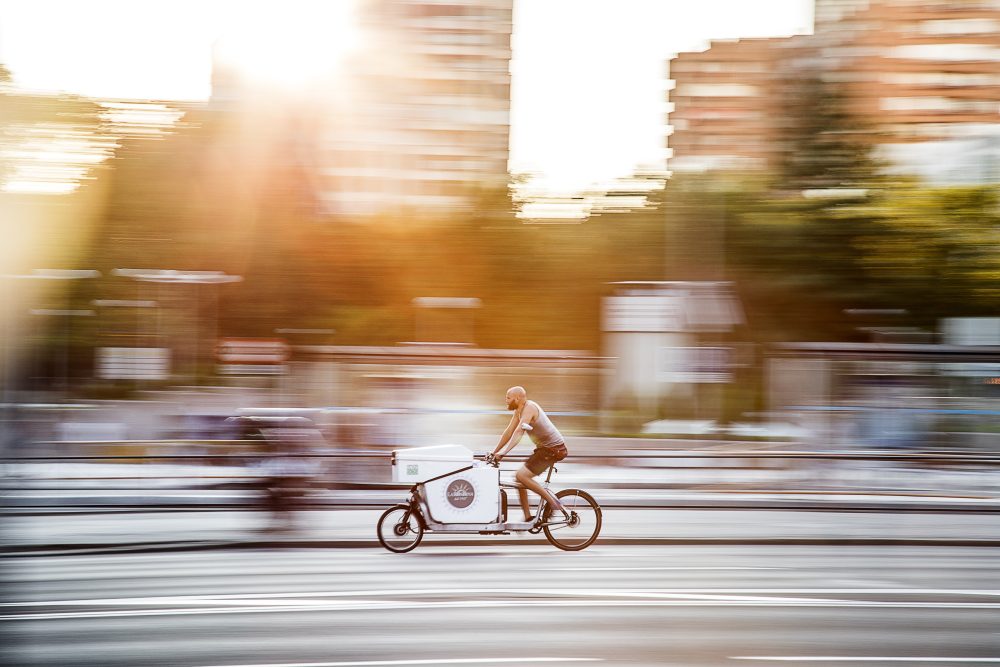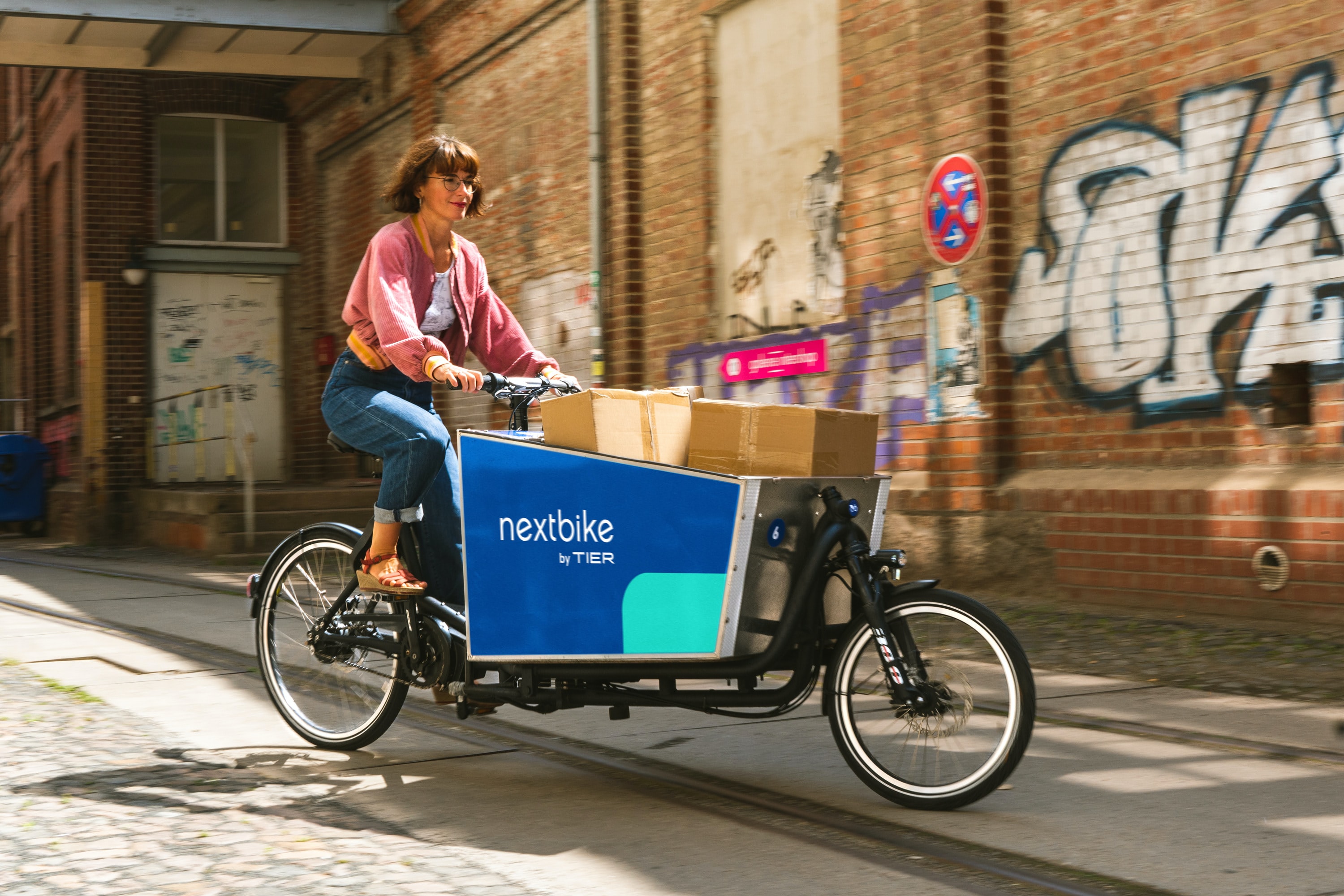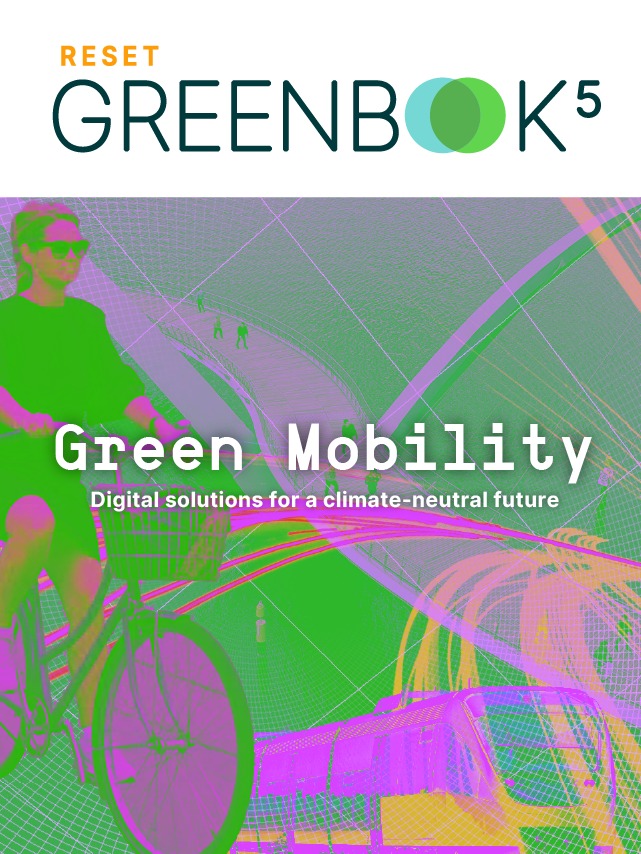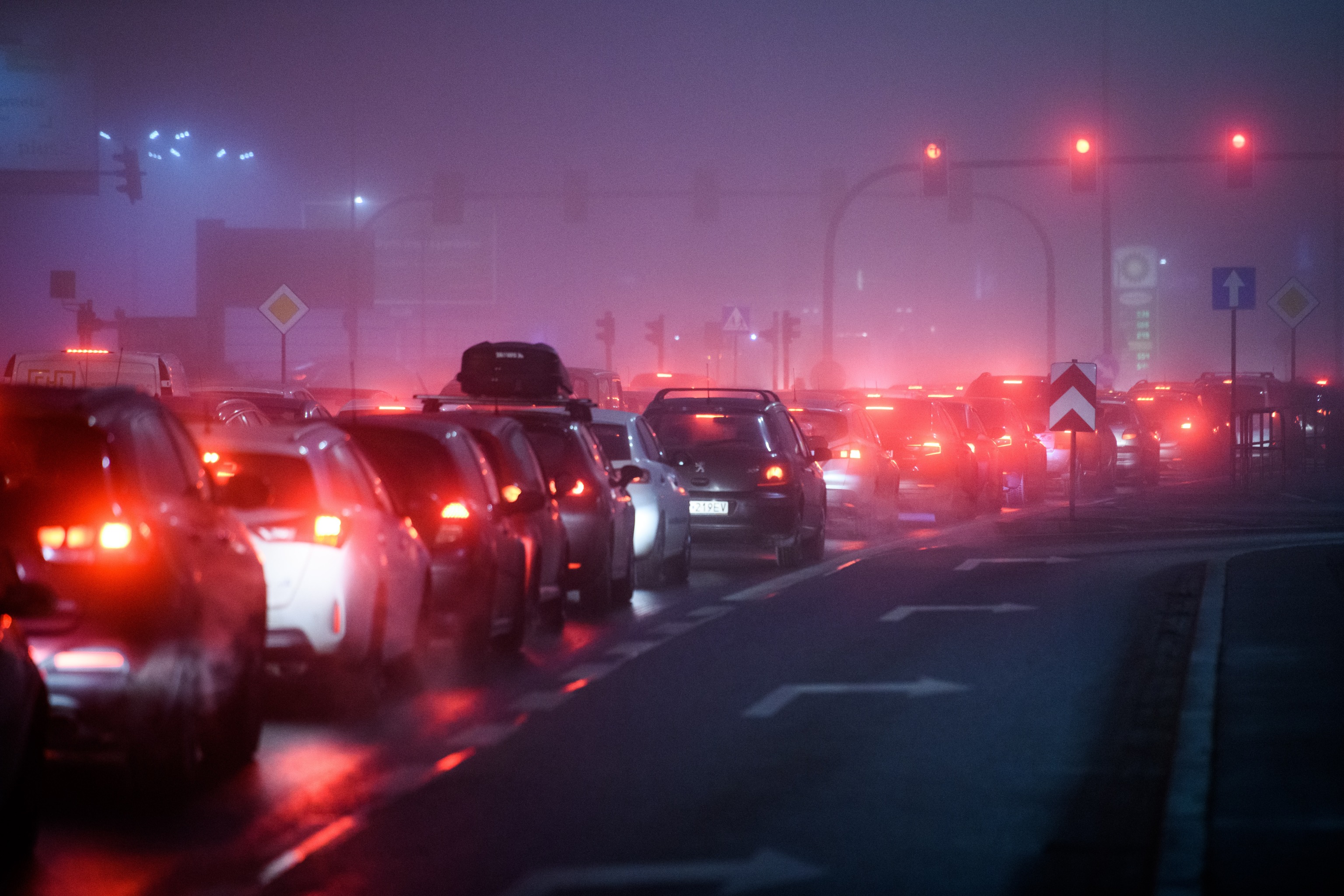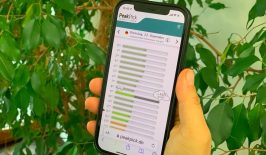The rise of e-commerce and online shopping has put a strain on last-mile delivery — the stretch of delivery that takes the item the ‘last mile’, usually from the depot to your door — in urban areas. But there are trends on the rise that are changing the delivery landscape of the future — one pedal stroke at a time.
In future cities, the reliance on cars for transportation is expected to decrease, and the use of small, last-mile vehicles like cargo bikes is expected to increase. Cargo bikes, also known as box bikes or carrier cycles, are designed to transport loads for short distances. During the pandemic, cities such as Berlin established temporary bike lanes that are likely to remain permanent, both for personal and logistical reasons. Several countries also introduced subsidies for cargo bikes and cargo bike-sharing networks in Germany and Austria, such as “fLotte” in Berlin. This network, with the largest fleet of 120 bikes, now offers bikes to rent without a fee, making them a very accessible option for transportation.
Cargo Bikes are Booming for a Reason
Cargo bikes can carry up to three times their weight with a transport capacity ranging from 40 kilograms to 250 kilograms and can also be equipped with an electric assist to ease the strain of a ride. Because of their carrying power, both e-bikes and cargo bikes make it possible to replace motor vehicles for about half of all city journeys, aligning with the European Union’s goal outlined in the 2015 “Declaration on Cycling as a Climate-Friendly Transport Mode”.
The surge in popularity can be accounted for by the rapid rise of e-bikes, which now account for 17 percent of bike sales. In Europe, 3.4 million e-bikes were sold in 2019, with projections to reach 13.5 million annually by 2030. This would push the number of e-bikes above the number of electric cars on our roads.
Riding Into a Sustainable Future
Cargo bikes are also popular due to their efficiency and cost-effectiveness. Many food and parcel delivery services are now using cargo bikes to deliver packages as they are able to navigate narrow streets and busy town centres better than traditional delivery vehicles such as cars and vans. This reduces the amount of time and resources (particularly fuel) spent on sitting in traffic or finding parking. Using GPS data from the London-based delivery company Pedal Me, researchers found that cargo bikes deliver their parcels 60 percent faster than vans, and with a fraction of the carbon emissions.
Importantly, cargo bikes are often cheaper to operate and maintain than cars, making them a cost-effective option for businesses looking to reduce their delivery costs. Particularly small businesses profit from this low financial barrier. Workers also benefit; it’s not necessary to have a specific licence for cargo bikes and the idea of exercising while earning money is an attractive offer for many students or part-time employees.
Another wonderful side benefit is that the use of cargo bikes reduces traffic congestion as well as road safety. A study on the private use of cargo bikes in the US shows that cargo bike owners reduce their car trips by 41 percent after the purchase of a cargo bike. Reducing the number of cars on the road also greatly improves air quality. Powered only by human strength, a cargo bike emits only a tenth of the emissions of a car, making them a more environmentally friendly option, especially for the ecologically challenged sector of last-mile logistics.
Many consumers are now choosing to support companies that offer environmentally friendly delivery options, and cargo bikes are helping companies to make their offers not only economically, but also ecologically viable.
Green Mobility – Digital solutions for a climate-neutral future
Autonomous vehicles, e-mobility, AI-controlled traffic planning, new modes for moving from A to B — what will the mobility of tomorrow look like?
We present the digital solutions being proposed for climate-neutral transport and logistics and discuss the new challenges of “digital mobility” in this dedicated special feature.
Rolling to Success With Good Planning and Digital Infrastructure
The successful implementation of cargo bikes in last-mile logistics requires careful planning and a robust digital infrastructure. This includes the development of suitable infrastructure such as bike lanes and secure bike storage facilities. Additionally, digital tools can and should be used to support the use of cargo bikes in last-mile logistics: most notably, they can provide solutions for route planning, helping companies to reduce delivery times. This benefits companies across the board, enabling companies to increase the efficiency of their delivery operations, reducing costs and improving customer satisfaction.
Digital tools also can provide a platform for real-time monitoring and tracking of delivery operations, allowing companies to monitor delivery progress and respond quickly to any issues that may arise. This helps to ensure that deliveries are made on time and to the correct location, reducing the risk of missed or late deliveries or enabling them to respond in case of emergencies.
Projects are Leading the Way
Some projects are already leading the way. Projects such as SmartRadL, for example, aim to bolster cargo bike deliveries in urban areas through their innovative software solution. The route planning software will be customized to fit the unique demands of cargo bike transport by continuously linking the driver to the delivery management system. The tour plan can easily be modified to include new shipments as routes are updated in real-time.
The SmartRadL project specifies and gathers the data and requirements specific to cargo bike transport, both urban and technical, from the perspectives of users and customers. Incorporating existing data sets and acquiring new data through mapping, sensor technology and interviews, this data is then fed through an algorithm where it is used to tailor the cargo bike route.
Sadly, there are still data gaps in most cities when it comes to bike-friendly delivery routes: the necessary infrastructure data, from cycle path widths to curb heights or live information on obstructions such as outdoor events, road works, or demonstrations, are generally either not available at all or not freely accessible.
A hackathon, organized by the German state of Baden-Württemberg’s Ministry of Transport in November 2020, aimed to close this gap. It resulted in the founding of the start-up “Cargorocket” and the publishing of the first nationwide “Cargobike Index” in May 2021, which now shows the cargo bike suitability of many roads throughout Germany. Their app followed a few weeks later. “Both are not finished products,” emphasizes developer David Prenninger. On the contrary, the trio wanted to open discourse and show which standards cargo bikes need in order to be able to travel as a substitute for cars in the city, and which data are necessary for routing.
The Key to Unlocking the Potential of Cargo Bikes
Looking toward the future, we can be assured that cargo bikes are a promising and likely solution for last-mile delivery. They offer a sustainable, economical, and convenient alternative to traditional delivery vehicles. However, for cargo bikes to be widely adopted and effectively utilized, cities and delivery companies must play a crucial role in providing the right infrastructure and digital tools. This includes building bike-friendly routes, collecting data on obstructions and road conditions and ensuring the safety of riders and pedestrians.
While they might not be able to offer a last-mile solution for every size of product, they have the potential to be a valuable element of a green delivery chain. With proper support from cities and the correct implementation of digital tools, cargo bikes can play their part in improving the delivery industry and contribute to a more sustainable and liveable future.
